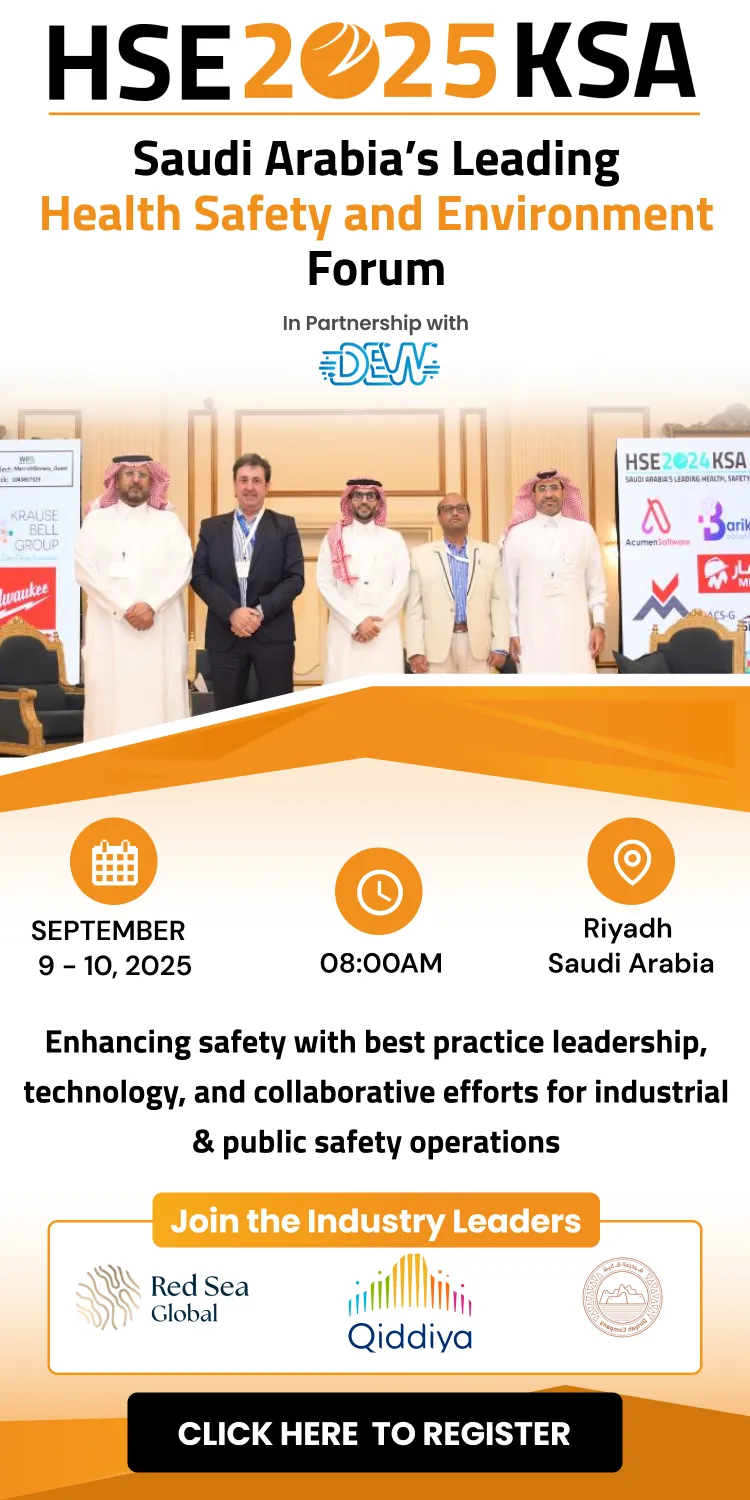Blackline Safety, a provider of connected safety technology, has published a whitepaper titled Navigating Radiation Risks: Key Concepts for Protecting Workers and Responders.
The document helps fire-hazmat teams and first responders better understand and mitigate radiation exposure, ensuring the safety of workers, the public, and the environment.
It outlines critical concepts about radiation, starting with its classification into four main categories: alpha, beta, neutrons, and electromagnetic waves (gamma rays). It also distinguishes between non-ionizing radiation, which is generally less harmful, and ionising (nuclear) radiation, which poses greater health risks. Understanding these distinctions is crucial for effective risk response.
Radiation sources are categorised into two types: naturally occurring radioactive materials, present in the air, food, and water, and artificial sources, such as medical imaging, nuclear energy, and weapons. Each source has different effects on the body, making tailored responses essential. Additionally, the paper highlights how radiation is measured differently across regions.
In the U.S., it is expressed in millirems (mrem) per year, while internationally, millisieverts (mSv) are used. Familiarity with these units is vital for accurately assessing health impacts.
Robust safety protocols
Gamma radiation presents unique challenges as it is undetectable by human senses. Detection technologies are essential to identify its presence and implement appropriate safety measures. Blackline Safety emphasises that gamma radiation, while present in small natural doses in the environment, becomes a severe health hazard at higher exposure levels. Effective radiation safety plans must prioritise three core principles: time, distance, and shielding.
Advanced technologies, such as Blackline Safety’s EXO 8 Gamma area monitor, play a pivotal role in implementing these principles. The EXO 8 Gamma can detect up to eight gases alongside gamma radiation and connects directly to the cloud, offering enhanced real-time monitoring and response capabilities.
“For those on the front line, such as first responders, hazmat teams, and workers in industrial fields like mining and oil and gas, there’s an increased risk of accidental exposure to dangerous levels of radiation,” said Christine Gillies, chief product and marketing officer at Blackline Safety. “Quick thinking and robust emergency protocols are essential to ensure worker and community safety.”
“This whitepaper responds to a growing industry need to educate workers on the different types of radiation, early detection strategies, and approaches to address the broad spectrum of radiation risks, faster and smarter,” she said.










